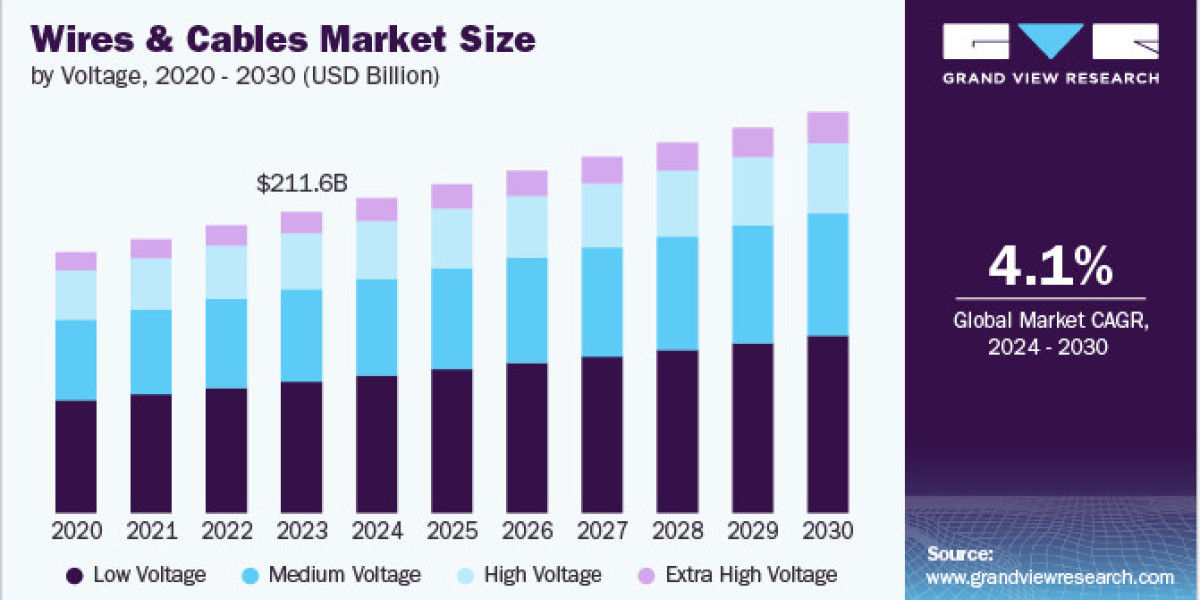Innovations in the Wires and Cables Industry
The world runs on power. Powering everything from homes and industries to communication networks and transportation systems, wires and cables play a key role here. The technology behind these essential components evolves with a surge of innovation, transforming the way we use them.
The demand for flexible, lightweight, and durable cables has skyrocketed. The consumer electronics industry, in particular, has seen a rise in the use of flat cables, which are designed to be more compact and flexible while still offering excellent conductivity. These cables are now used in everything from smartphones to wearable tech, where space is at a premium.
The concept of smart cities, where infrastructure and services are enhanced through data and technology, heavily relies on innovations in wiring and cabling. According to the Grand View Research estimates, the global wires and cables market is estimated to reach $281.64 billion by 2030. Among all the end-use industries, the building and construction sector is expected to show the highest CAGR of 4.8% during this period. Let us see what’s new in the market.

Smart Cables
The Internet of Things (IoT) has dramatically impacted the way we interact with the world around us. SMART (Science Monitoring And Reliable Telecommunications) cables are one of the latest innovations that play a crucial role in how data and power are transmitted. These cables are equipped with sensors and microprocessors that enable them to monitor their own performance in real time. They also help detect issues such as overheating or wear and tear before they become critical.
High-Voltage Direct Current Cables
As the demand for power increases, there is a growing need for more efficient power transmission technologies. This has led to significant advancements in High-Voltage Direct Current (HVDC) cables. These cables are capable of transmitting electricity over long distances with minimal loss.
A notable example of HVDC technology is the NordLink project. It connects Norway and Germany through a subsea HVDC cable. This innovative system enables Norway to export clean hydropower to Germany. Germany, in turn, can transport its surplus wind power to Norway through this system.
Ultra-Low Emission Cables
With increasing attention to sustainability, the wires and cables market is also trying to reduce its environmental footprint. As a result, low-smoke, zero-halogen (LSZH) cables are becoming more common in industrial applications. These cables are made from materials that emit minimal smoke and no toxic gases when exposed to fire.
Cable manufacturers are now focusing on creating environment-friendly cables by using recyclable and biodegradable materials. Cables that are manufactured with thermoplastic elastomers (TPEs) are gaining popularity as they offer both durability and recyclability. These TPE cables are designed to meet stringent RoHS (Restriction of Hazardous Substances) and REACH (Registration, Evaluation, Authorisation, and Restriction of Chemicals) standards.
Power Cables for Electric Vehicles
Electric vehicles are the future of transportation. As the adoption of EVs continues to rise, there’s an increasing need for specialized cables that can handle high-power charging and efficient energy transfer. The development of fast-charging cables is enabling electric vehicles to recharge in a fraction of the time it would take with traditional cables. These cables are designed to handle higher currents while maintaining their integrity. Companies such as Tesla have already incorporated advanced wiring systems in their Supercharger stations, allowing EVs to charge up to 80% in just 30 minutes.
Conclusion
The innovation in the wires and cables industry doesn’t stop with durability. In the aerospace and automotive industries, engineers are developing ultra-lightweight wires and cables that significantly reduce the overall weight of an aircraft or vehicle. These cables are made from advanced materials such as aluminum and carbon fiber composites, which help improve fuel efficiency and reduce carbon emissions. To conclude, as industries continue to push the boundaries of what's possible, cables and wires will play an important role in shaping the future.
Curious about the Wires and Cables Market? Download your FREE sample copy now and get a sneak peek into the latest insights and trends.



